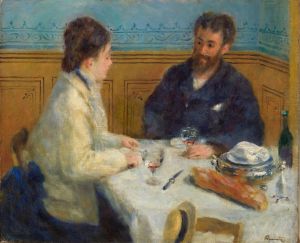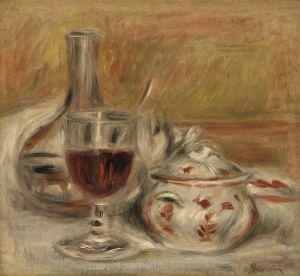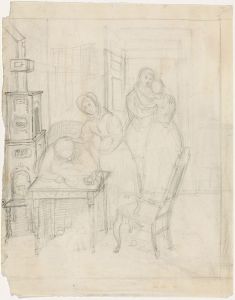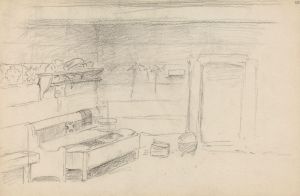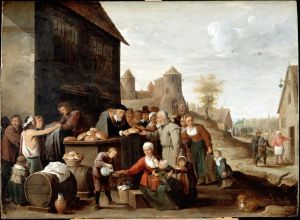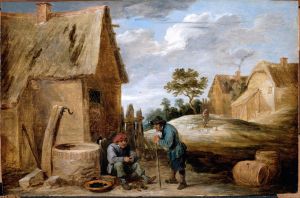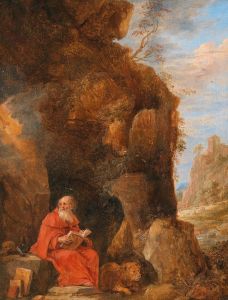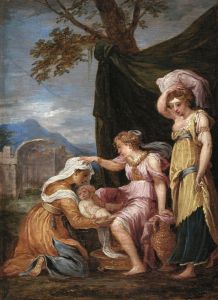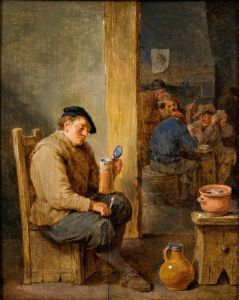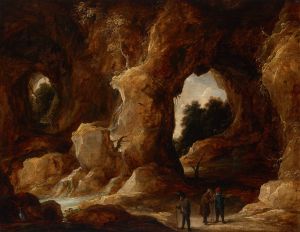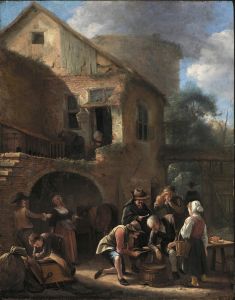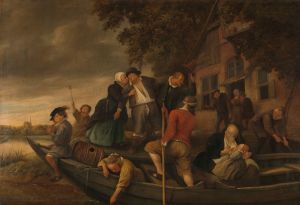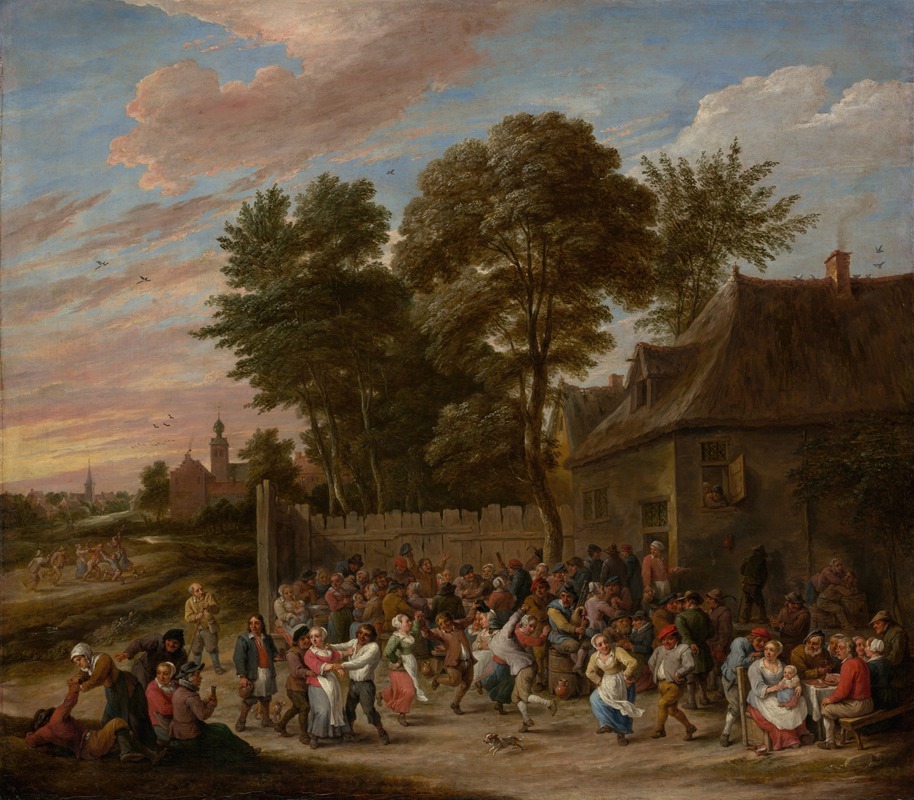
Peasants Dancing and Feasting
A hand-painted replica of David Teniers The Younger’s masterpiece Peasants Dancing and Feasting, meticulously crafted by professional artists to capture the true essence of the original. Each piece is created with museum-quality canvas and rare mineral pigments, carefully painted by experienced artists with delicate brushstrokes and rich, layered colors to perfectly recreate the texture of the original artwork. Unlike machine-printed reproductions, this hand-painted version brings the painting to life, infused with the artist’s emotions and skill in every stroke. Whether for personal collection or home decoration, it instantly elevates the artistic atmosphere of any space.
"Peasants Dancing and Feasting" is a painting by the Flemish artist David Teniers the Younger, who was born in 1610 and died in 1690. Teniers was a prolific painter known for his genre scenes, which often depicted peasant life with a keen eye for detail and a sense of humor. He was a prominent figure in the Flemish Baroque tradition and served as the court painter to Archduke Leopold Wilhelm of Austria.
This particular painting, "Peasants Dancing and Feasting," is a quintessential example of Teniers' work. It captures a lively scene of rural festivities, showcasing peasants engaged in dancing, eating, and drinking. The composition is bustling with activity, and Teniers' skillful use of color and light brings a sense of vibrancy and movement to the scene.
The setting of the painting is typically rustic, with a thatched-roof building in the background and a large tree providing a natural canopy over the revelers. The peasants are depicted in various states of merriment: some are dancing in pairs or groups, while others are seated at a long table laden with food and drink. The expressions on their faces range from joyous to contemplative, capturing the diverse emotions of the participants.
Teniers' attention to detail is evident in the depiction of the clothing and accessories of the peasants. The garments are rendered with a sense of texture and weight, and the artist's use of color helps to differentiate the various figures and their roles in the scene. The earthy tones of the clothing and the natural setting create a harmonious palette that enhances the overall composition.
One of the notable aspects of Teniers' work is his ability to infuse his scenes with a sense of narrative. In "Peasants Dancing and Feasting," the viewer can almost hear the music and the laughter, and there is a palpable sense of community and celebration. The painting not only serves as a visual record of peasant life in the 17th century but also as a testament to the enduring human spirit and the joy found in communal gatherings.
David Teniers the Younger was highly regarded in his time, and his works were sought after by collectors and patrons across Europe. His ability to capture the essence of everyday life with such charm and precision has ensured his lasting legacy in the history of art. "Peasants Dancing and Feasting" remains a fine example of his genre paintings, reflecting both his technical skill and his deep appreciation for the subject matter.
The painting is housed in various collections, with several versions and similar works attributed to Teniers. His influence extended beyond his lifetime, inspiring subsequent generations of artists who admired his ability to depict the vibrancy and complexity of rural life. Through works like "Peasants Dancing and Feasting," David Teniers the Younger continues to be celebrated as a master of genre painting and a keen observer of human nature.





